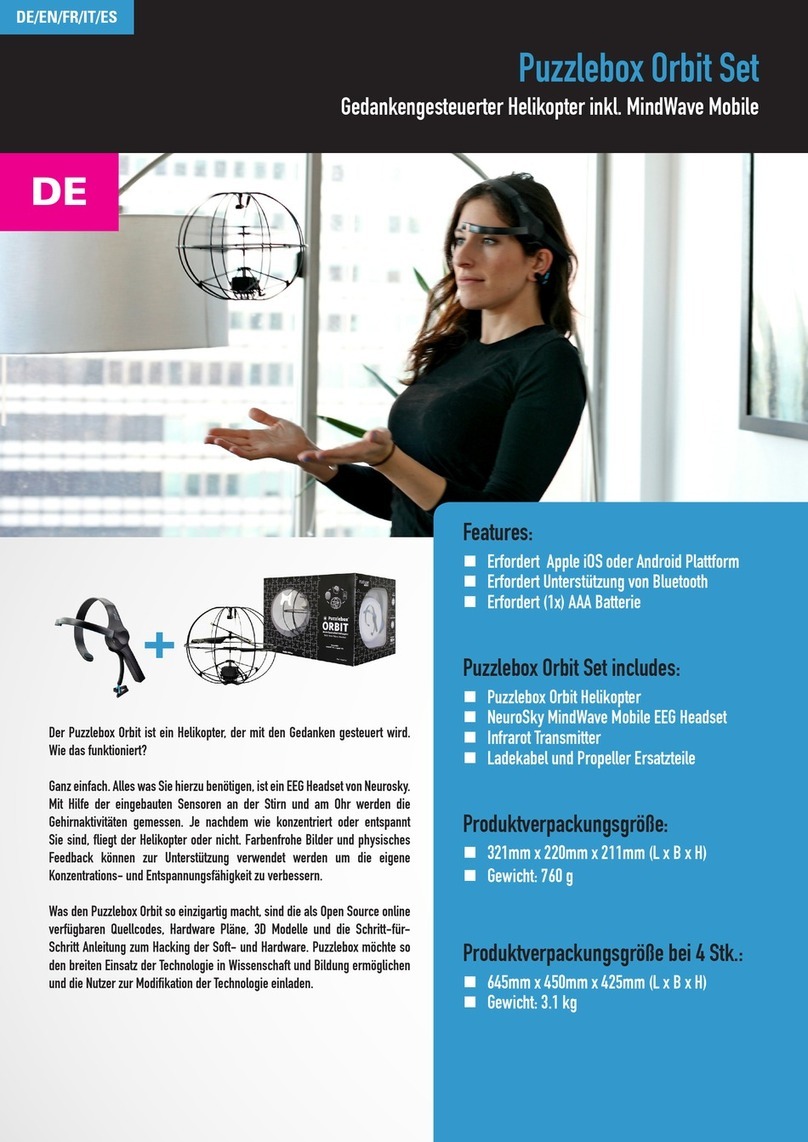
©2012 Toni Clark practical scale GmbH Zeiss-Str.10 D-32312 Lübbecke Tel. 0049 5741/5035 Fax. 05741/40338 www.toni-clark.com
Instructions Titan ZG 45PCI-HV
4
Rigid mounting
The rigid mounting of your engine has the attraction that it is cheap and simple. A well
constructed model can easily withstand the vibration. It is preferable to t the receiver
in a Balsa box with plastic sponge material as opposed to tting the receiver to a rigid
Balsa sheet with rubber bands or similar. It will certainly pay to buy more expensive
servos with better motors and potentiometers as these will withstand the vibration
without diculty. Whether the rigid mounting of the engine will cause more noise
depends largely on the covering. A really tightly shrunk silk, nylon or plastic heat shrink
material is to be avoided, for these coverings will act just like drum skin, amplifying
the sound from the engine.
For rigid mounting you have the choice between our three motor mounts #6590,
#6561 and #6552. Alternatively you can cut a motor mount from a 5 mm thick alu-
minium sheet. The four screw holes in the rear crankcase half are M6 and are 38 mm
equidistant. Secure the M6 mounting screws with either Loctite or spring washers.
If you use a aluminium sheet mount, you must of coarse cut a hole in the rewall to
take the rear crankshaft stub. No need to worry about oil getting into the fuselage,
the seal is absolutely oil tight.
Secure the motor mount in the well proven way with M5 socket screws, spring washers
and crown nuts in a 9 mm thick birch plywood rewall. If the rewall is hardly bigger
than the motor mount you can safely use 6 mm birch ply.
Hydro Mount System
When you wish to have a real quiet model and already have tried many would be
solutions, you will nd our three HMS variations will bring astounding results. Our
HMS uses two shock absorbers and four very soft rubber silent blocks, resulting in a
very satisfactory decoupling of the engine from the airframe. The soft rubber silent
blocks would not be possible without the shock absorbers. The swing amplitude of
these rubber mounts with the engine throttled back would be 15 mm and with such a
movement, a low speed tickover would be impossible, as the energy being absorbed
by the rubber mounts would not leave enough over torque wise to bring the propeller
over the next TDC. The use of harder rubber mounts to reduce the swing amplitude
would only be partly eective at full throttle.
The purpose of the two shock-absorbers is to dampen the torsional oscillations. The
shock-absorbers transmit some vibration from the engine into the airframe and this
cannot be avoided. The advantage of these shock-absorbers is that they are purely
dampening, without any form of springs, thereby it is impossible for them to come
into resonance. The shock-absorbers can be regulated in their action from hard to
soft by choice of oil viscosity. As opposed to various forms of xed rubber-covered
stops or similar to limit movement, the shock-absorbers are much quieter. With the
shock-absorbers you have the advantage of the airframe being eectively insulated
from the engine at full throttle with most torsional oscillation being dampened out
at the tickover.




























